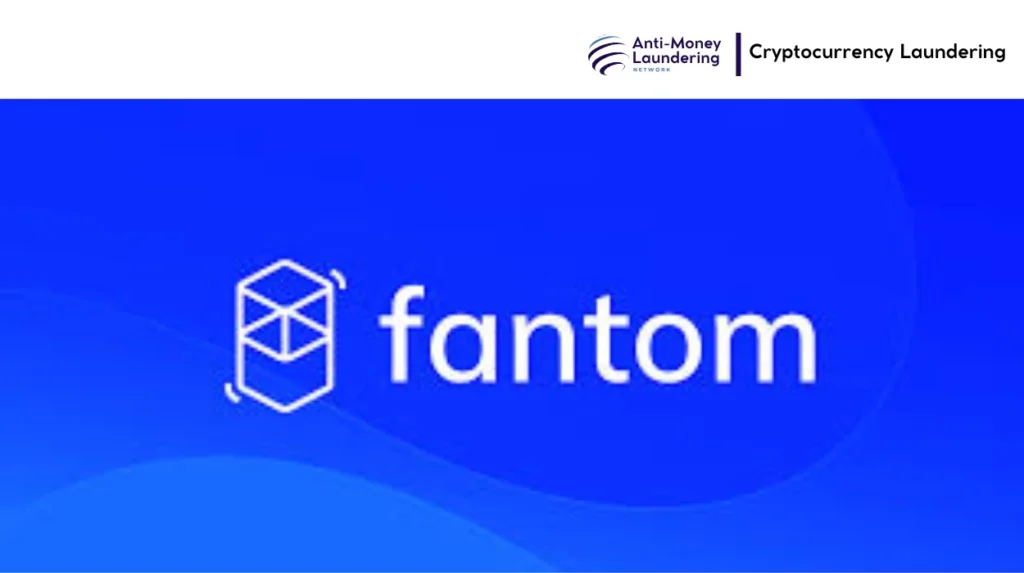Fantom is a high-performance, scalable smart contract platform utilizing a directed acyclic graph (DAG) and a unique asynchronous Proof of Stake consensus mechanism called Lachesis. While designed for fast and low-cost transactions, Fantom’s technological advantages have also made it a tool exploited in global money laundering schemes. Criminal networks leverage Fantom’s speedy transaction finality, interoperability with other blockchains, and low fees to layer and obscure illicit funds from activities such as narcotics trafficking, scams, and unlicensed trading. Investigations worldwide have uncovered extensive laundering through Fantom-based platforms, where complex layering, cross-chain bridging, and unlicensed OTC exchanges enable criminals to convert stolen or illegal assets into seemingly legitimate holdings, prompting regulatory crackdowns and international enforcement efforts. Despite ongoing interventions, Fantom remains a notable channel for laundering in the broader crypto crime ecosystem requiring continued vigilance.
Fantom’s blockchain, due to its speed, scalability, and interoperability, has been used by criminal entities globally to facilitate the laundering of illicit proceeds tied to narcotics trafficking, online scams, and unlicensed crypto trading. Law enforcement operations like Thailand’s “Operation Crypto Phantom” have revealed how unregistered OTC firms exploited Fantom’s ecosystem to convert dirty money into apparently legitimate assets. Cross-chain bridge exploits and scam traps have added complexity to the laundering cycle. Despite regulatory and enforcement efforts resulting in arrests and seizures, Fantom remains a favored network for laundering due to its technological advantages and active DeFi ecosystem, necessitating ongoing global vigilance, blockchain monitoring, and regulatory collaboration to combat abuse of this platform for money laundering.

